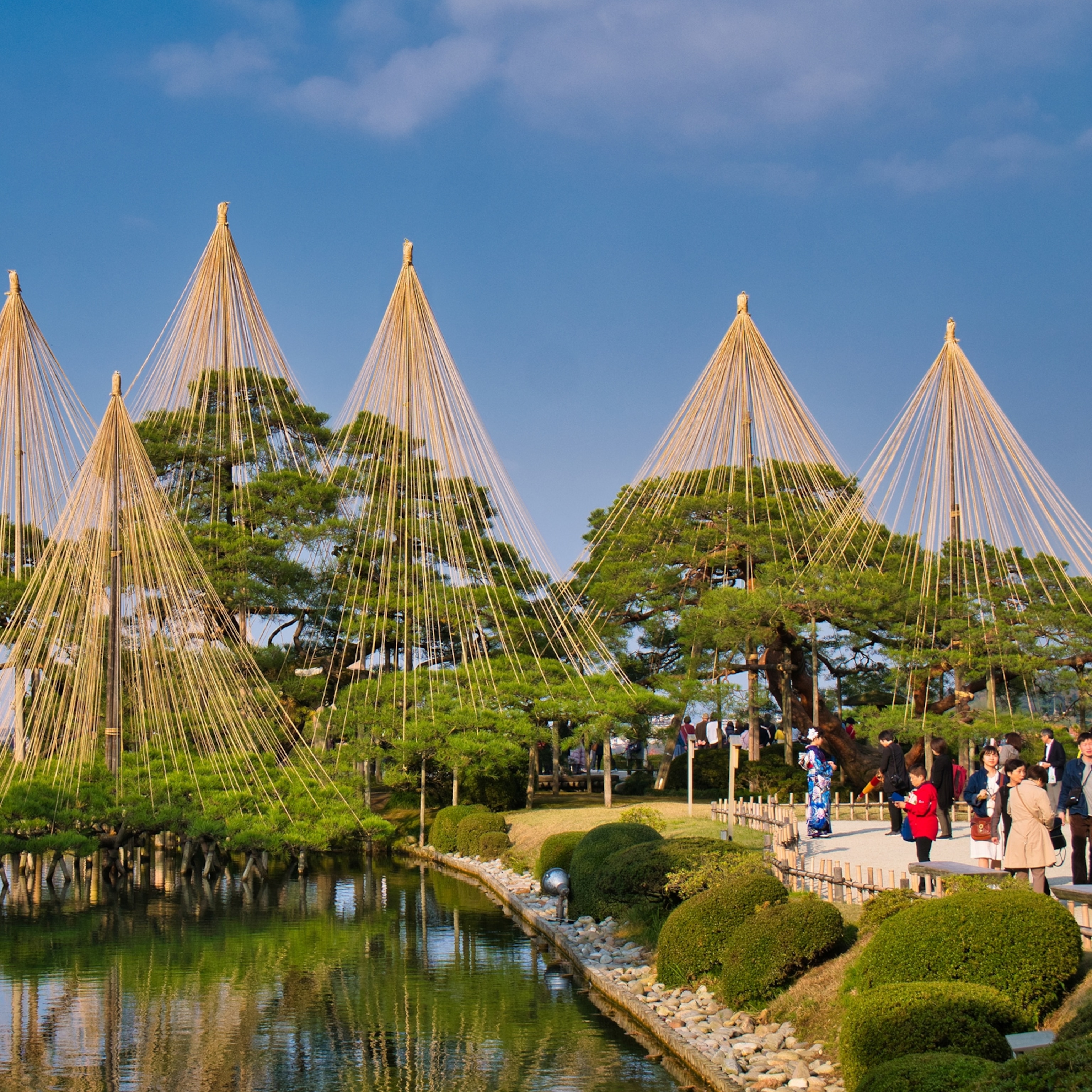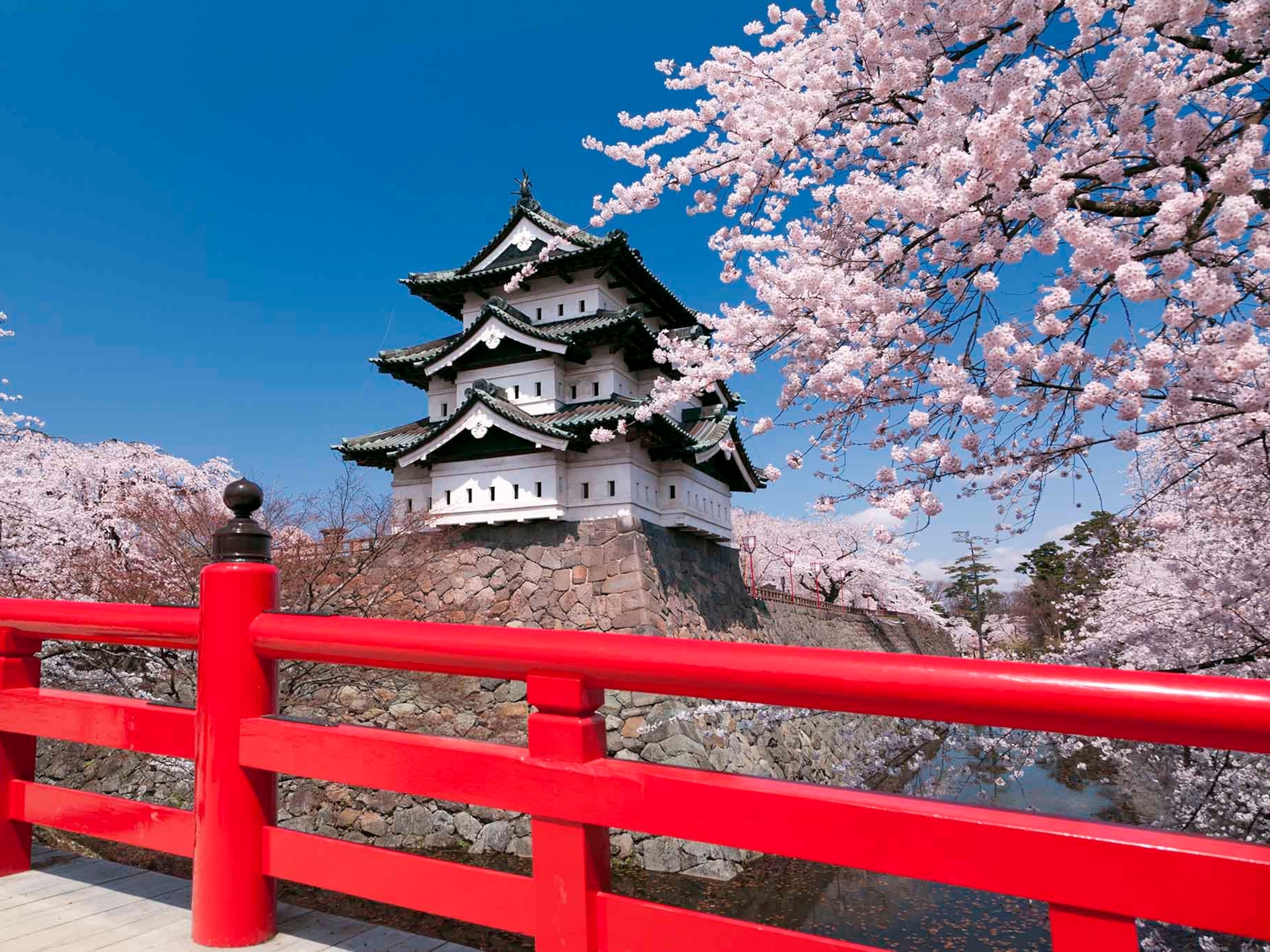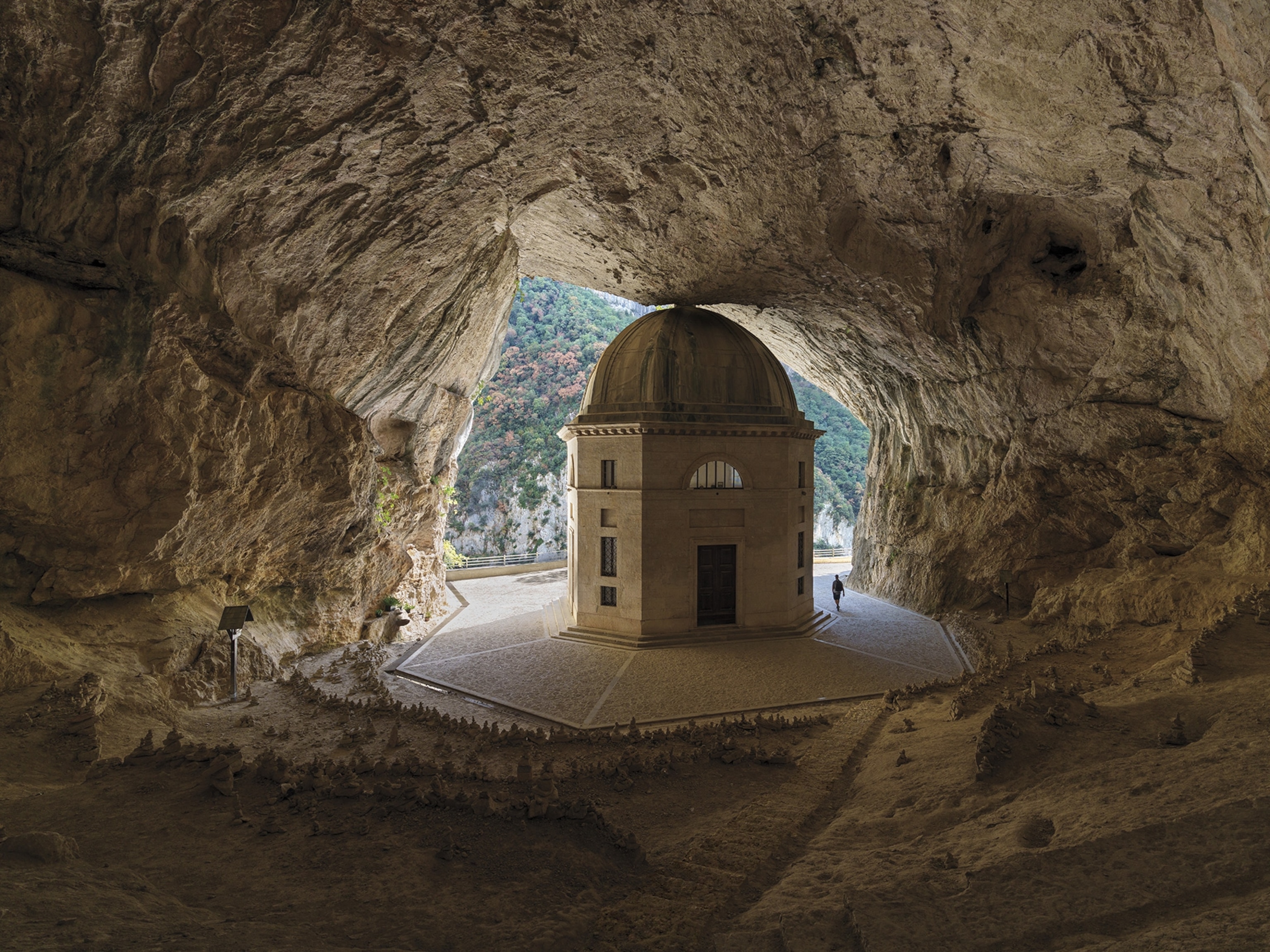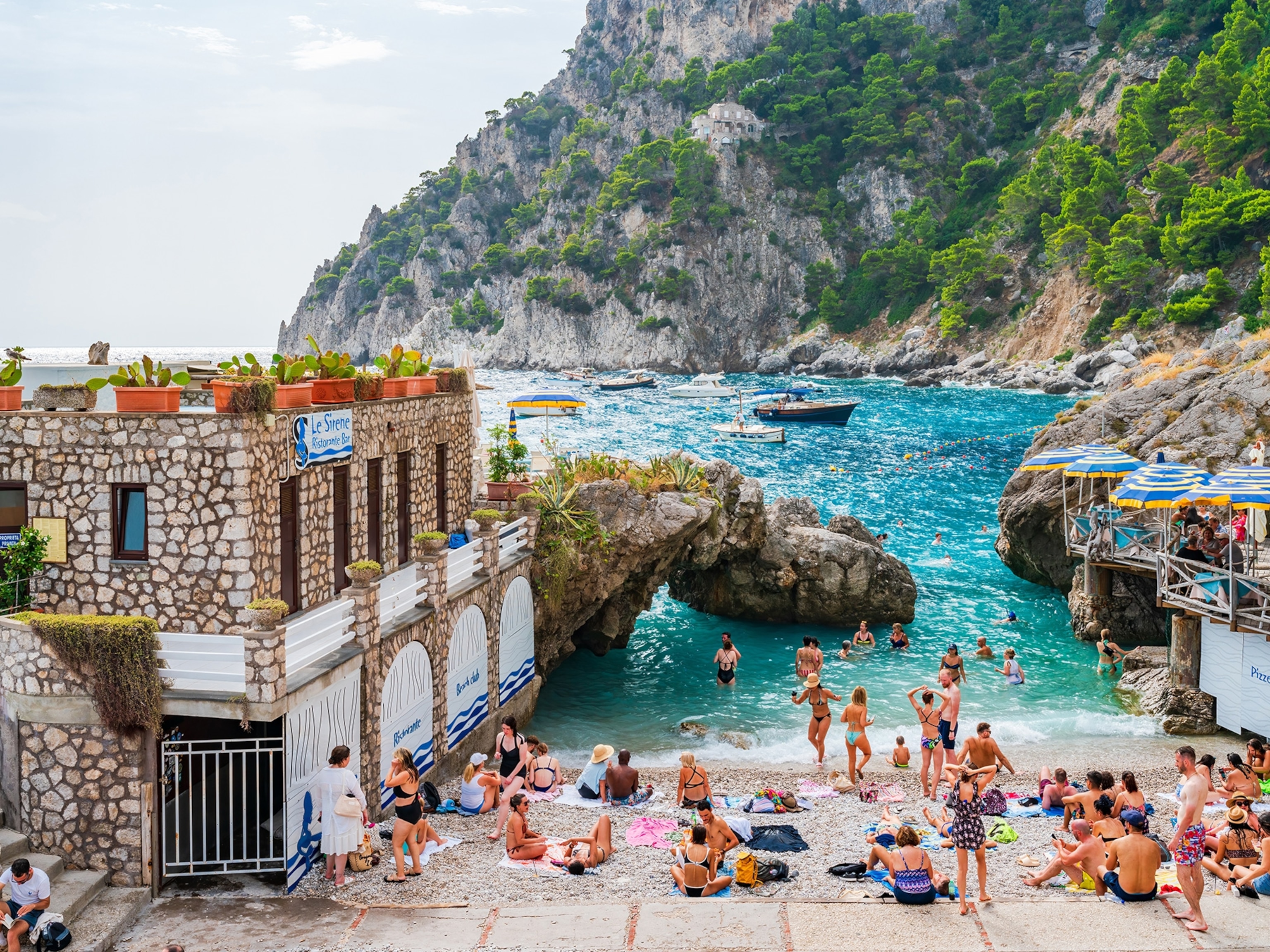
The essential guide to visiting Japan's Kyushu island
Here’s what you need to know about this actively volcanic island’s hot springs, gastronomy, and uniquely Japanese accommodations.
Why you should visit Kyushu
If Japan is on your list to visit, you should consider visiting the southwestern region of Kyushu. It includes the neon-drenched cityscapes of Fukuoka and Nagasaki, the bubbling hot springs of Beppu, the active volcano of Sakurajima, and dozens of restaurants and food stalls, where visitors can savor the best noodles (tonkotsu ramen) and liquor (shōchū) found in Japan.
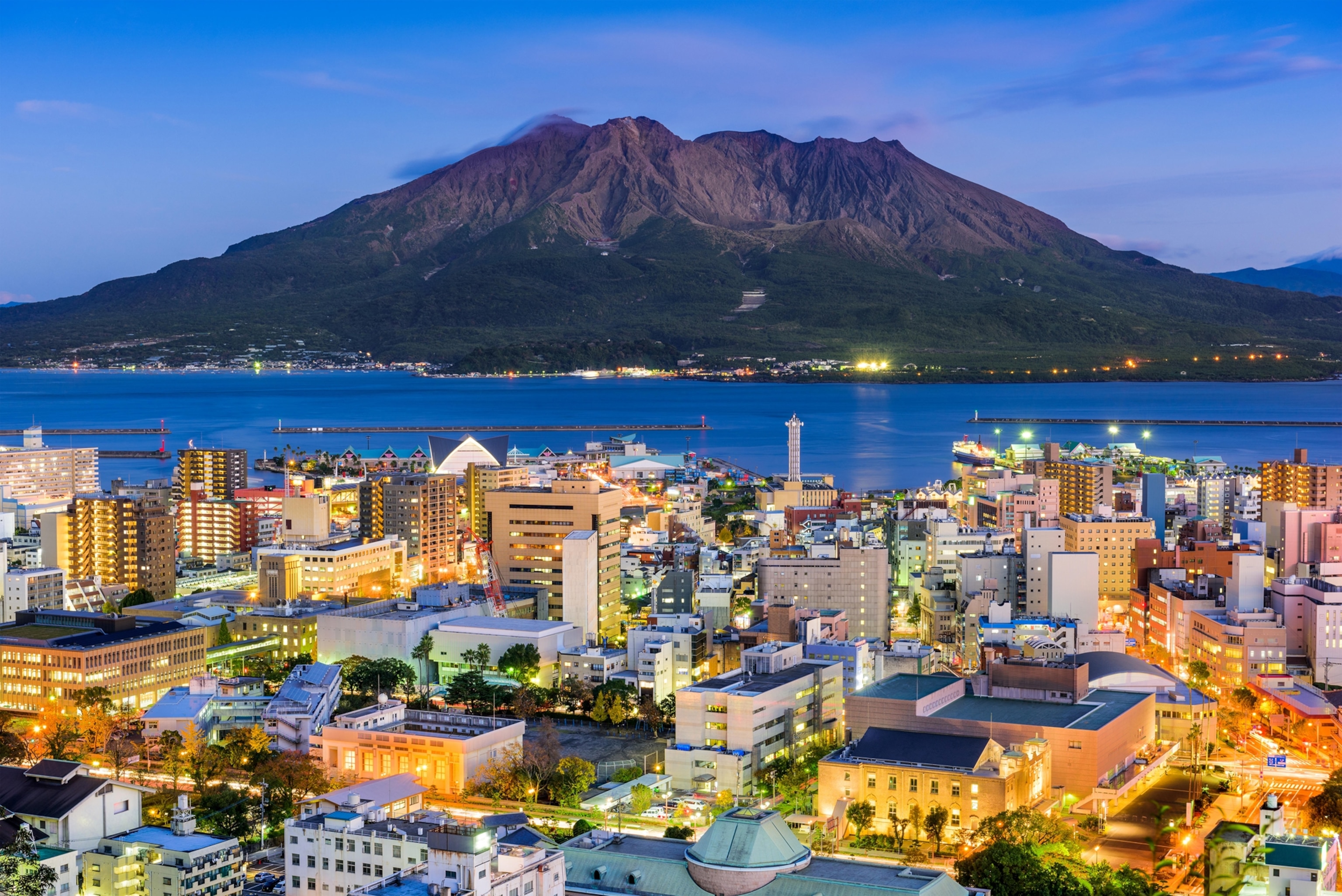
The best time to visit Kyushu
Spring: Kyushu is the first place in mainland Japan hit by the sakura-zensen, —the wave of cherry blossom that sweeps the nation each spring, so go for a hanami (flower-viewing picnic) on the grounds of Kumamoto Castle.
Summer: Go surfing on Okuragahama Beach, north of Miyazaki. Go hiking on the island’s Kyushu Olle trails. Hike up the volcanic caldera of Mount Aso.
Fall: Catch the autumn foliage in the hills and mountains around Kirishima-jingū. Toast yourself in naturally steaming sand at Surigahama Beach in Ibusuki.
Winter: Warm up with a tonkotsu ramen in Fukuoka’s Hakata district, a hot-spring bath in Beppu, or try the country’s best shōchū (distilled liquor similar to brandy and vodka) with hot water, —“oyuwari”-style, —in the southern prefectures of Miyazaki or Kagoshima.

Kyushu fast facts
Population: 13 million
Largest city: Fukuoka
Size: Made up of seven prefectures (Fukuoka, Saga, Nagasaki, Kumamoto, Oita, Miyazaki, and Kagoshima), Kyushu covers around 14,200 square miles
Best time to visit: March to May, October to November
Government: Japan is a constitutional monarchy with a parliamentary government. Emperor Naruhito became head of state in 2019.
Currency: Japanese yen; ¥152 = US $1 (currency converter)
Airports: Fukuoka Airport (FUK) has the most international connections on the island, and is within walking distance from the city center.
Time zones: Japan Standard Time (JST) is nine hours ahead of UTC; Japan does not observe daylight savings.
Lay of the land
North: The main city here is Fukuoka, whose exuberant character is best symbolized by its yatai – tent-like street kitchens that rank as Kyushu’s best experiences. More than one hundred are found around central Fukuoka; they serve all manner of comestibles, and with diners, all squashed in together and the beer flowing, are a great way to make new friends.
East: Eastern Kyushu offers splendid natural attractions, such as tectonically active Beppu, a small city in which steam comes billowing from the ground like a dragon’s lair; here, Takegawara Onsen is both one of the cheapest and most atmospheric onsen (resort built around hot springs) in the country. Uphill are the boiling, luridly-colored waters of the Jigoku (“hells”), scenic hot springs far too hot to bathe in. To the west is Aso, one of the world’s largest active volcanic calderas. For a serene excursion, visitors can paddle through Takachiho Gorge to see the 56-foot waterfall, Manai Falls.

South: There’s another volcano facing Kagoshima—Sakurajima, which is sort of like a smaller, angrier Mount Fuji, and you may well witness an eruption (perhaps even from your hotel window). Not far away, Kirishima-jingū is one of Japan’s prettiest temples, its immaculate buildings surrounded by rich forest scenery.
West: Highlights of Western Kyushu include a castle in Kumamoto, which manages to look imposing and delicate at the same time; the hot-spring resort town of Takeo; and the spectacular port city of Nagasaki; the latter, of course, bore witness to nuclear horror in 1945, and its Peace Park was created in the hope that such weapons are never employed again.
(Related: The essential guide to visiting Chugoku and Shikoku, Japan.)
Where to stay in Kyushu
Garden Terrace: Across the bay from central Nagasaki, this is one of the most adventurously-designed hotels in Japan. It’s something like a giant Rubik’s cube made of pine, located partway up Mount Inasa, and designed by star architect Kengo Kuma (whose roster includes the Olympic Stadium in Tokyo). Guests can gaze across the city center from a delightful infinity pool, and many of the suites have bathtubs that offer a similar view.
Okyaku-ya Ryokan: Founded in 1722, this is a picture-perfect ryokan (traditional Japanese inn), set in a quaint, secluded hot-spring village. All rooms have views of the river meandering gently outside, and the on-site hot-spring pools are a fulfilling ryokan experience as you’re likely to get.
The Millennials Fukuoka: If the thought of staying at one of Japan’s famed capsule hotels fills you with dread, this achingly cool hipster spot is a good halfway house. It features some slightly larger spaces (effectively mini rooms) and regular pod spaces (which are fairly comfortable), each painted in a unique style. The common area is a fashionable bar, too.
Taste of Kyushu
Some of Japan’s most famous dishes and drinks originated in Kyushu, and sampling them here is a must, while the island also has a couple of more unique culinary tricks up its sleeve.
Tonkotsu ramen. For many, tonkotsu ramen is the king of all Japanese noodle dishes. It is made with a pork bone-based broth and traditionally served with slices of chāshū (sliced pork belly). Tonkotsu ramen originated in the Fukuoka area, where you’ll still find countless ramen-ya serving up steaming bowls, especially in the Hakata district near the main train station, where it’s simply known as Hakata ramen. Give Hakata Issou a try; they serve a slightly more modern take on the dish at their three ramen-ya branches in Fukuoka.
Shippoku. Nagasaki’s version of a kaiseki-ryōri, the traditional, high-class, multi-course feasts available across Japan. The city’s multicultural history manifests itself in the European and Chinese treats strewn across the lacquered tables, together with the Japanese dishes. Shippoku meals don’t come cheap, but most hotels offer them. You can try dedicated restaurants such as Kagetsu, which has been serving diners at its beguilingly gorgeous building for 382 years—and counting.
Shōchū. As with ramen, this distilled alcoholic drink comes in many varieties across Japan but arguably reaches its apex in Kyushu. While shōchū can be made from rice, barley, buckwheat, brown sugar, and even perilla leaves, in Southern Kyushu it’s almost exclusively made from sweet potato (imo), and stronger than the national norm (25 percent Alcohol by Volume (AVB) versus 20 percent). Miyazaki and Kagoshima are where you should go. Sasakura, a bar in the latter, has over 500 different varieties to sample, or you could head to any convenience store for a smaller selection.
(Related: The essential guide to visiting Hokuriku, Japan.)
Getting around
By plane: If you’re traveling from the U.S. or U.K., you will more than likely fly into Tokyo International Airport (Haneda Airport) before continuing on to the Kyushu region, which is slightly less than a four-hour flight from Tokyo. The major airports in Kyushu are Fukuoka Airport, Kitakyushu Airport, Nagasaki Airport, and Naha Airport. Saga, Kumamoto, Oita, Miyazaki, and Kagoshima are other smaller airports to consider if visiting these specific areas.
By train: Japan’s trains are renowned across the world, but Kyushu’s trains are renowned within Japan. The Kyushu Shinkansen is one of Japan’s newest high-speed lines, and you can also ride a range of exclusive (sometimes award-winning) trains, including the Kamome (with super-comfy seats, and ink-brush paintings in the restroom areas), the Yufuin-no-Mori (featuring cabin-like relaxation rooms allowing you to enjoy superb views over coffee), and the Aso Boy! (which puts a fun, cartoonish spin on train travel). If you are traveling from Tokyo, you can take the Kyushu Shinkansen and arrive in the region in approximately five hours. The local rail operator, JR Kyushu, offers passes of there to seven days for traveling around the island.
By bus: Buses will take you everywhere the train doesn’t, such as the gorgeous gorge town of Takachiho, and they’re often a cheaper alternative to trains. For explorers traveling from Tokyo, you can take a bus, operated by Nishitetsu, that will arrive at the Hakata Bus Terminal in Fukuoka in about six hours.
By subway: Fukuoka has a handy subway system, one line of which connects the airport and western parks via the city center.
Know before you go
Social customs: Explanations of Japan’s complicated etiquette have filled many a book, but there are a few main pointers to follow. One is to make sure that your socks and feet are clean. Many places require you to remove footwear (including some ryokan, restaurants, temples, and art galleries, as well as most people’s homes) and change into slippers. If using a hot spring bath (where you’ll probably be naked), ensure that you wash and rinse thoroughly before entering, and don’t let any towels enter the water (you’ll mortify everyone else there).
Hours: Japan is one of the world’s truest 24-hour societies, and you’ll find restaurants that never close in the larger cities. Most convenience stores are open 24 hours even in out-of-the-way towns.
Tipping: Thanks to an expectation that service should always be high quality; tipping is not part of Japanese culture and can even be considered rude or offensive.
(Related: The essential guide to visiting Tohoku, Japan.)
How to visit the region sustainably
Japan is one of the world’s most famed countries for recycling, but the disposable chopsticks used across the country are almost always thrown into landfills or incinerated. Kyushu goes through over two billion pairs of them each year. While you’ll be issued chopsticks at most restaurants, there’s nothing to stop you from using your own; there are plenty of places to buy your own hashi all over Kyushu, and they make fantastic souvenirs.
Overtourism has also been an issue of late; while Kyushu’s sights aren’t as crowded as at other places in Japan, hotels and ryokan have suffered from a glut of Airbnb-style digs, so it’s best to stay at officially licensed accommodation.
